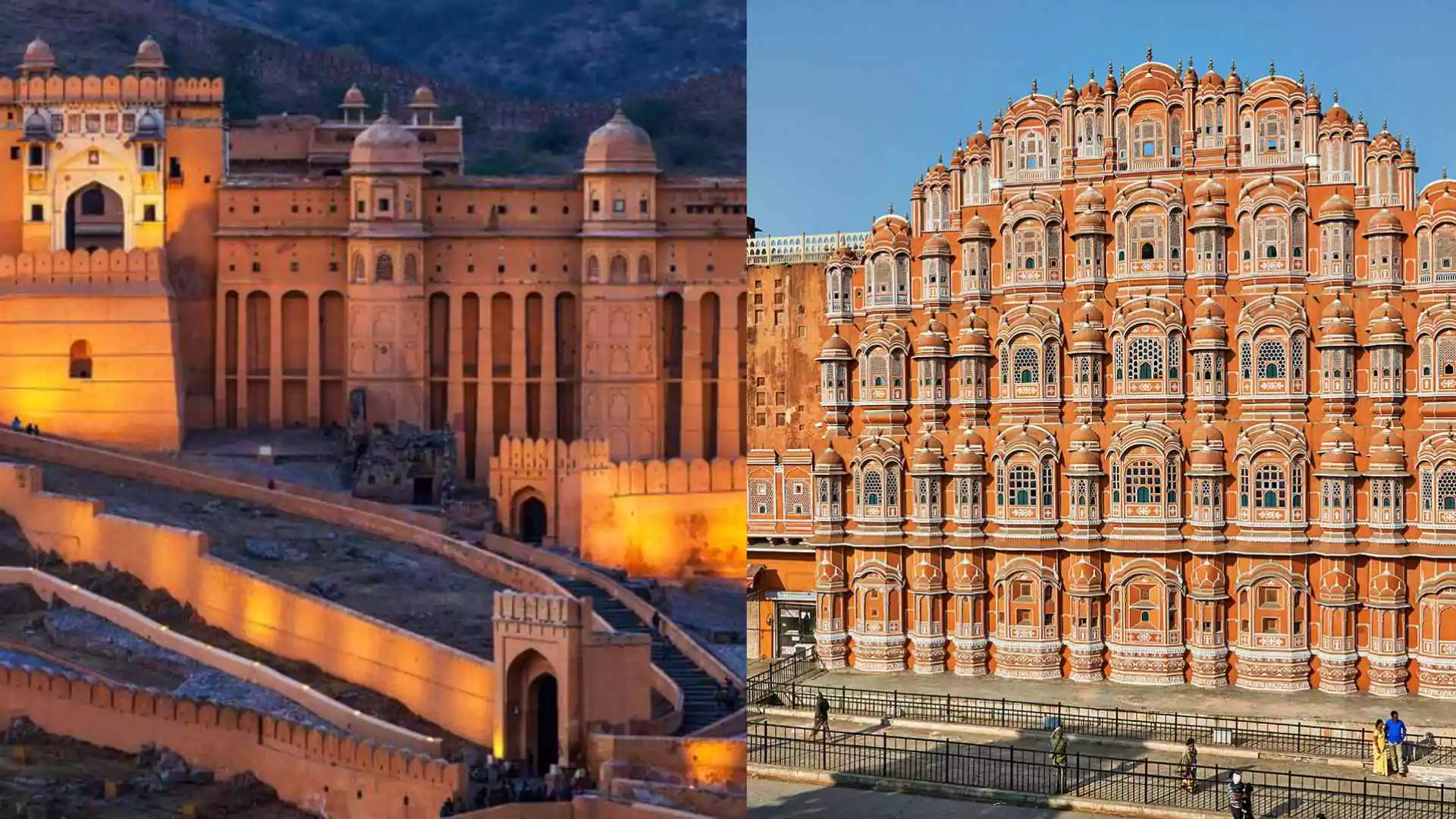Iran is apparently considering a decision to move the capital from Tehran to Makran, an area in southern Iran. There has been considerable debate over the decision, but what is actually behind this move, and why is Iran seeking to make such a drastic change?
Tehran has been the capital of Iran for over two centuries. The city was declared as the capital by Āghā Moḥammad Khān, the first ruler of Iran’s Qājār dynasty. Since then, the city has developed into a political, cultural, and economic center. However, Tehran is now facing various challenges that are forcing the Iranian government to consider moving the capital.
Why Is Iran Considering Moving Its Capital?
There are several compelling reasons why Iran is considering shifting its capital. For one, Tehran has become too cumbersome to handle as a result of environmental, logistics, and economic issues.
One of the key reasons behind this shift is that Tehran suffers from environmental problems, which have been intensifying over time. The growing population has burdened the city with enormous problems of air pollution, water scarcity, and overcrowding. The inhabitants of Tehran mostly face power cut problems and poor facilities. It has put such heavy pressure on the infrastructure and people’s lifestyles of the city.
The Case For Regional Development
As Tehran tries to address its issues, the Iranian government is looking to distribute resources more evenly across the country. The shift in focus to the southern region of Iran, particularly Makran, is seen as an opportunity to bolster the nation’s economic growth and address some of the issues Tehran faces. The southern region offers strategic advantages, including its proximity to the Gulf of Oman, which could transform Makran into a key maritime and trade hub.
Makran’s potential lies in its geographical location. The region stretches over 1,000 kilometers of coastline, which makes it a very good candidate for becoming an international trade corridor connecting Central Asia to the Indian Ocean. Already, since 2003, the Chabahar Free Trade-Industrial Zone is under development, and Iran sees Makran as the prime area for future economic growth, which would benefit the nation as a whole.
Vice President Mohammad Reza Aref believes that developing the Makran region is one of the most important objectives of the present government. In his opinion, it would help Iran to move its economic and political center to the south, reducing the pressure on Tehran and also making Iran a competitive country on the world arena.
Historically, the Makran region has been of significant importance, dating back to the time of the Achaemenid Empire. Its strategic location and proximity to the sea make it an attractive site for Iran’s future capital. The government has recognized that relocating the capital could help address the imbalance between Tehran’s resources and expenditures, which have created inefficiencies in Iran’s infrastructure and economy.
What Are The Challenges?
Although the capital-move idea has proponents, there are others opposed to the decision. For example, some would view the idea as not very economically viable: its cost, after all, will be pretty stiff. Besides the expense of doing such an immense undertaking, a whole chunk of Tehran’s economy may take the fall if that’s implemented.
Some critics point to the example of rebuilding Azadi Stadium, which took 18 months and cost millions of dollars. Conservative journalist Ali Gholhaki questioned the practicality of relocating the entire capital, warning that it would take an enormous amount of time and money, likely leading to decades of financial instability.
ALSO READ | Rajnath Singh To Chair Ambassadors’ Round-Table Ahead Of Aero India 2025





















